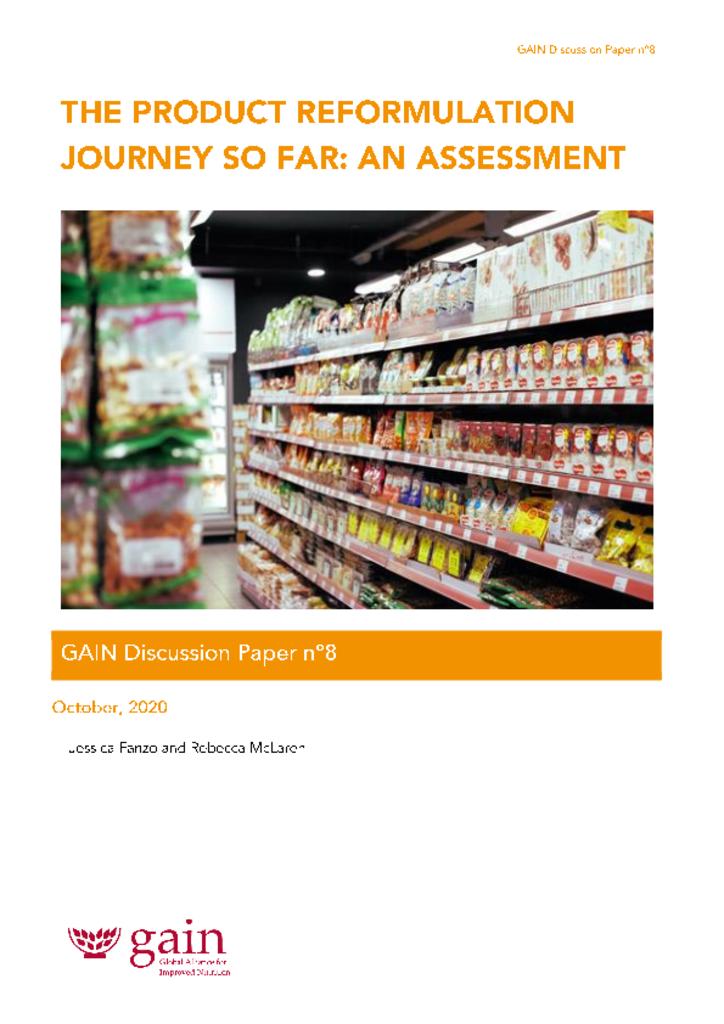Deteriorating nutrition and health outcomes have stimulated nutrition programmes and policies to strive to reduce the intake of salt, added sugar, and unhealthy fats towards recommended targets. Alongside promoting the consumption of fresh nutritious foods (e.g., fruits, vegetables, and whole grains), reformulation of processed foods may make an important contribution to improving diets. Reformulation, a change to a food or beverage’s processing or composition, can either reduce potentially harmful ingredients or nutrients - such as salt, added sugar, saturated and trans fats, and energy density – or increase potentially beneficial ingredients or nutrients – such as micronutrients, fibre, or protein. This paper reviews the food product reformulation landscape to highlight the challenges and opportunities to increasing the effectiveness of food reformulation. We focus on reformulation for the purpose of making a positive public health contribution, examine it within both voluntary and mandatory contexts. and consider complex consumer responses.
Most reformulation has been voluntary, leading to uneven coverage; while there have been few mandatory limits, mandatory reformulation allows the public health sector to set and monitor health-based targets. There are certain supply side challenges to reformulation, including the technical difficulty of reducing or removing ingredients. On the demand side, consumer acceptance of reformulated products can be unpredictable and risky. However, there are also supply and demand opportunities to reformulate, including positive incentives and emerging consumer demands for healthier, more sustainable products. While studies have shown that reformulation could have significant public health impacts, rigorous evaluation is rare and difficult. Moreover, reformulation will not shift diets towards more minimally processed foods, such as fruits and vegetables. To do so, actions are needed to improve availability, affordability, and demand for these nutritious foods.
